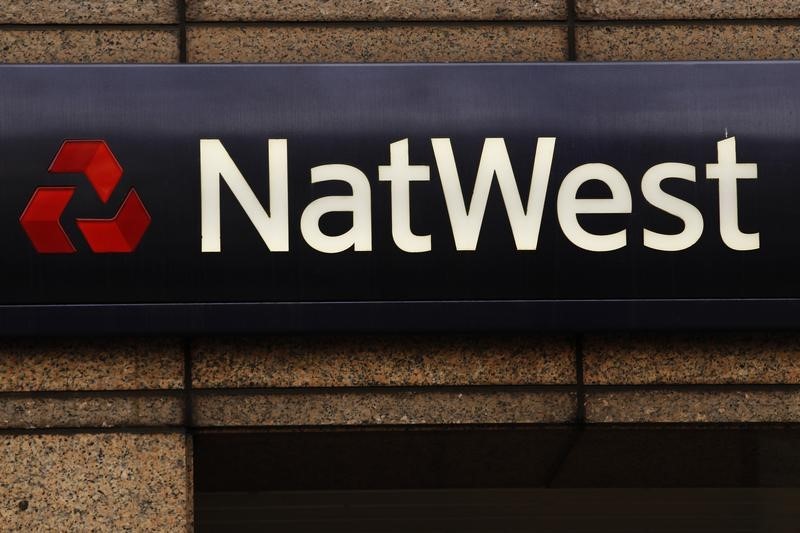Proactive Investors - Lenders Lloyds Banking Group PLC (LON:LLOY), Barclays PLC (LON:BARC) and NatWest Group PLC (LON:NWG) are facing higher risks from up to 43% rises in monthly payments for mortgage customers as rates rise.
But even though the rise in step up in costs is significant, analysts at RBC Capital Markets see it as a “slow burn” and do not think mortgage affordability will be a significant driver of risk costs for UK banks over the next 12 months.
Fixed rate mortgages have increased substantially over the last month and are now above their previous peak, with rate expectations also rising to a peak Bank of England rate of close to 5.75% by the end of 2023 and for rates to remain above 5% until late 2025.
For the major FTSE 350 banks and building societies, average owner-occupier residential mortgage rates now exceed 6.6% for two-year fixes and 6% for five, up 0.8 and 0.5 percentage points since previously peaking last October.
And so far, only around 40% of residential mortgage customers have so far refinanced onto higher rates, which RBC calculates will only increase to circa 55% by the end of 2023.
The average payment increases using the latest pricing is up 43% or £338 per calendar month for first time remortgagers, 36% or £540pcm for residential owners who have refinanced before, or 243% or £530pcm for landlords.
Higher mortgage payments representing 36-39% of post-tax disposable income for those who have remortgaged before, up from 26-29%, and 25-30% and for first timers, up from 19%.
For banks, however, RBC noted that while mortgages have historically only accounted for just 3.5% of bank write-offs despite representing almost two-thirds or bank loan books.
“Even during times of stress (like the 2008 financial crisis), mortgage write-offs remained relatively low, increasing to only c.5% on average in 2008-2012.”
Furthermore, most UK banks coverage have reduced their unsecured lending portfolios since the end of 2019, the analysts noted.
“Lower levels of non-essential spending and high mortgage demand fuelled by temporary measures to stimulate the UK housing market led banks to grow their UK mortgage books by circa 11% on average while their unsecured loan books (inc auto loans) have decreased by circa 4%.”
Exposure to unsecured lending, which has historically accounted for about 60% of loan write-offs even though it has only represented around 10% of lending, has also come down from around 11% before the pandemic to nearer 9% as of the first quarter.
“Other factors supportive of relatively low mortgage impairments include: (i) lower average LTVs; (ii) higher loan coverage levels & post-model adjustments; (iii) increased bank forbearance measures; (iv) higher early mortgage repayments; and (v) higher savings income,” the analysts wrote.
For Lloyds, average mortgages rates for 2yr fixed mortgages are 6.47% and for 5yr mortgages 5.91%.
At Barclays, a 2yr costs 6.61% for a 60% LTV and rises to 6.63% for higher LTV, while a 5yr home loan costs 5.85% for the lower LTV, rising to 6.15%.
NatWest charges 6.52% for 2yr and 5.96% for the 5yr, according to RBC's figures.
